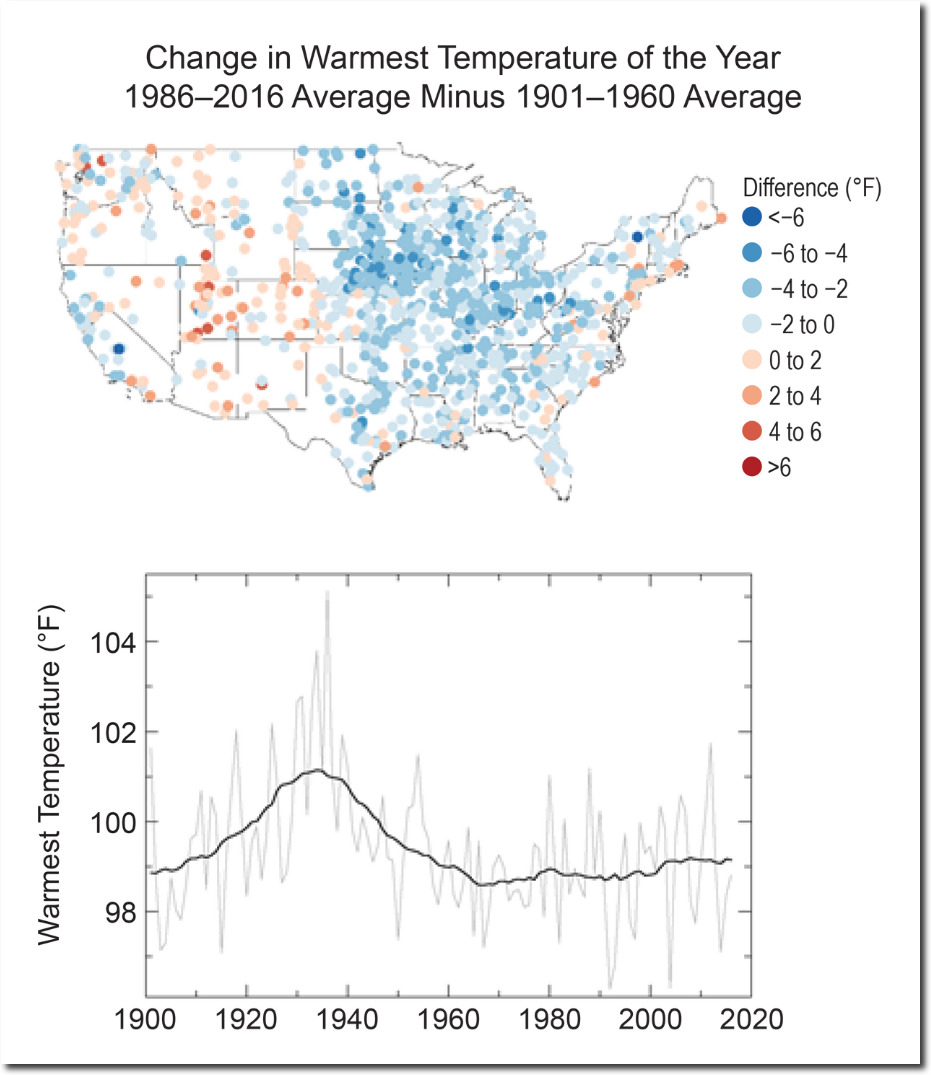“the computer models show that soon, we’ll get many more — and hotter — heat waves that will leave the old Dust Bowl records of the 1930s in the dust, said Ken Kunkel, director of the Center for Atmospheric Sciences at the Illinois State Water Survey.
The way to really judge will be when scientists look back a decade from now, not at a single heat wave, but at the frequency and extremes of all of them, said Mike Wallace, a professor of atmospheric sciences. That’s when scientists will likely see a statistically significant increase in heat waves and their severity, he said. In fact, he said, that can be seen a bit now.
“One hundred twenty-six degrees in Death Valley last week; Sacramento had 11 days at or above 100 degrees, their old record was nine. We’re seeing some impressive records out there to be sure and unfortunately this is taking a human toll.”
– July 29, 2006
Aspen Daily News July 29, 2006 — Colorado Historic Newspapers Collection
Sacramento averages about 20 days a year over 100F, and that number has been declining.
We drove through Sacramento on July 23, 2006 on our way back from the Bay Area to Colorado. It was very hot, but by the time we got to Lake Tahoe it was cold.
From July 8 to July 14, 1913 Death Valley was over 126F every day.
The number of very hot days in the US has declined sharply since the 1930s.
Temperature Changes in the United States – Climate Science Special Report














If they were Aztec priests, they would have already been dragged up to the top of the pyramids and sacrificed for their poor performance.
drat!!! Mannkind has so far survived the killer heat waves doomcast too;-(